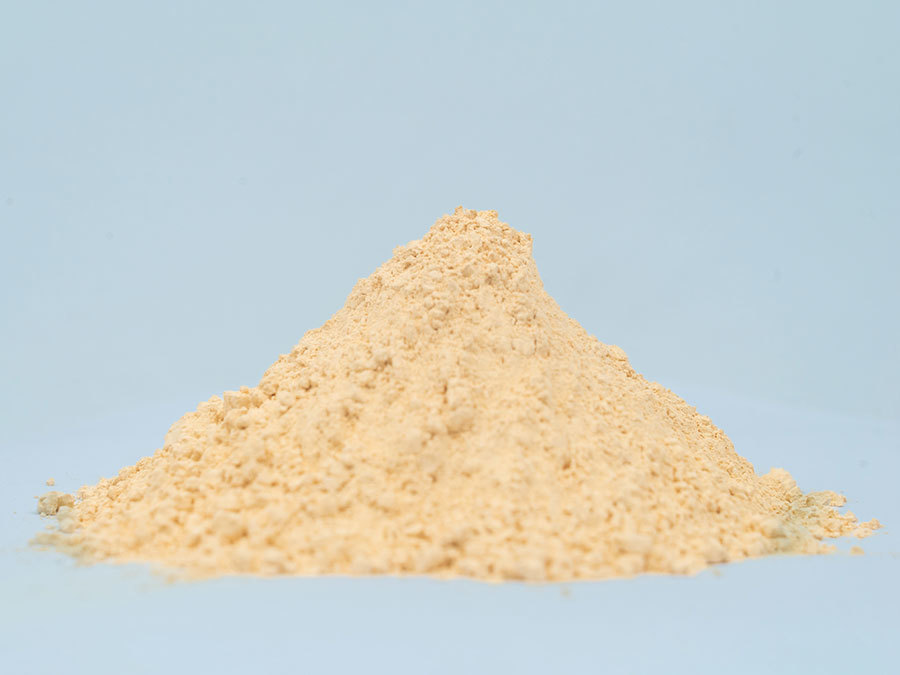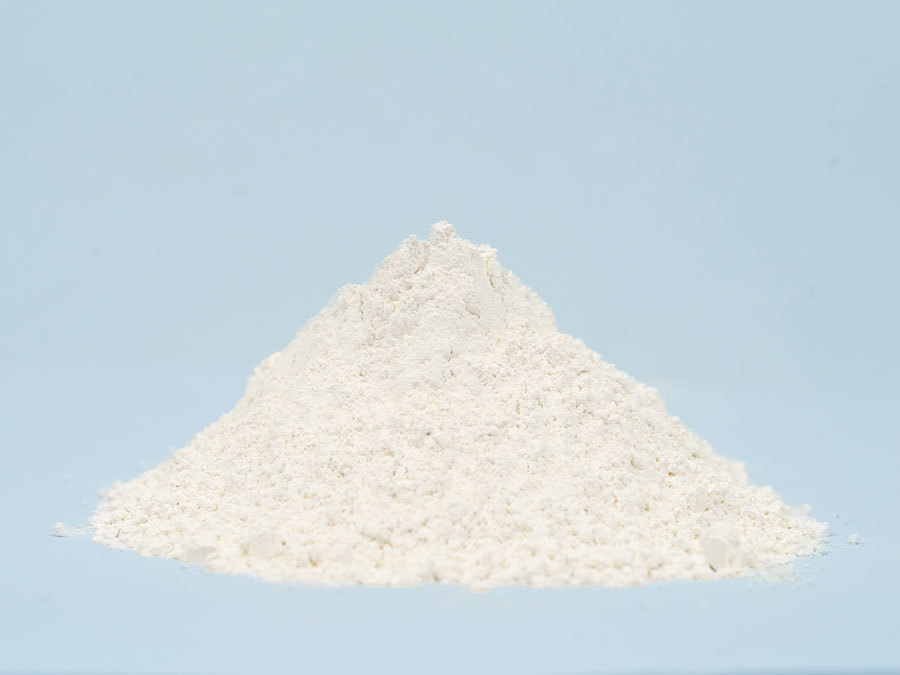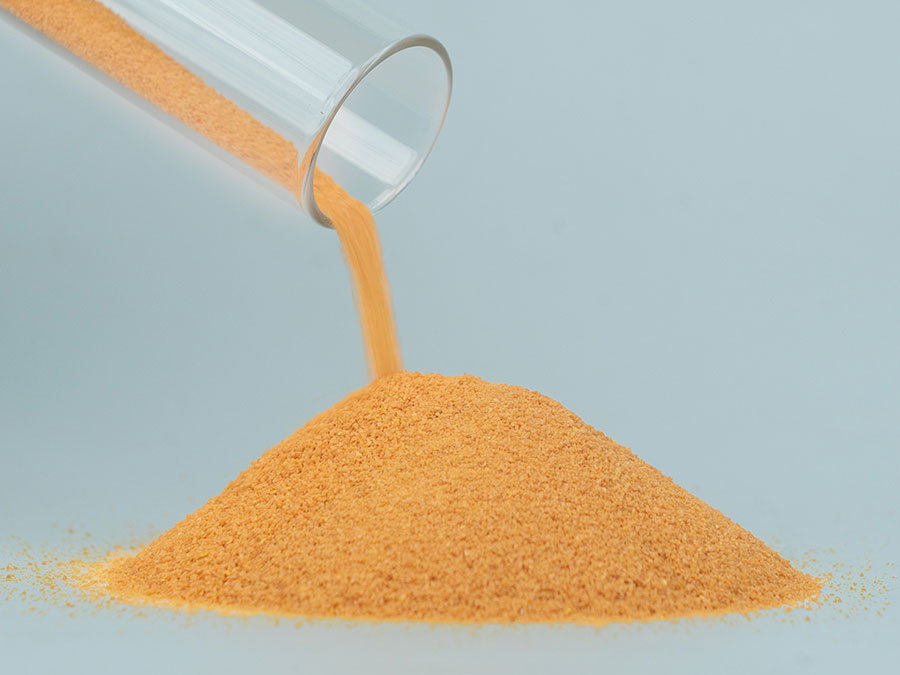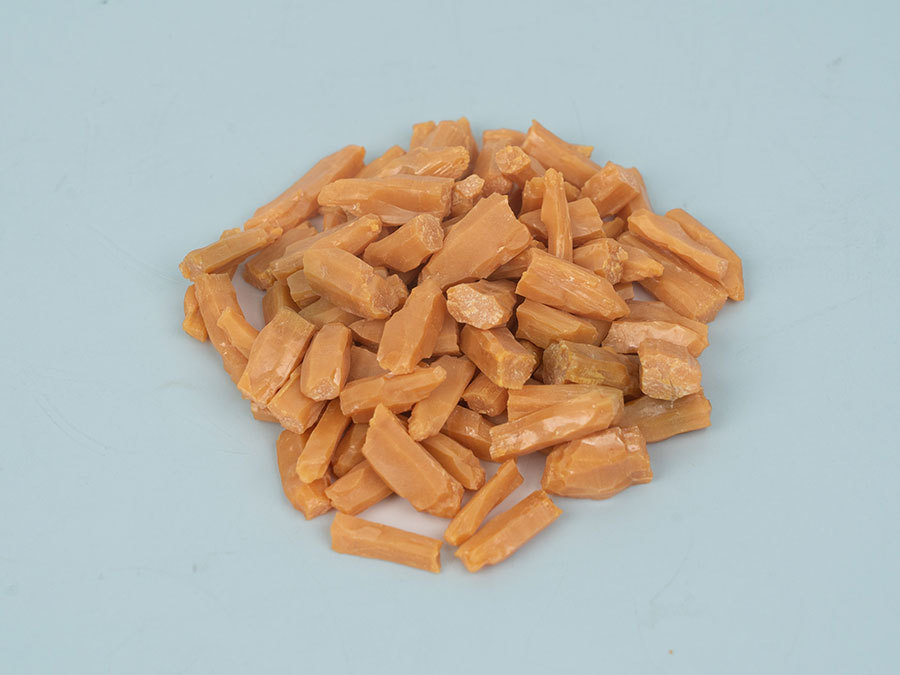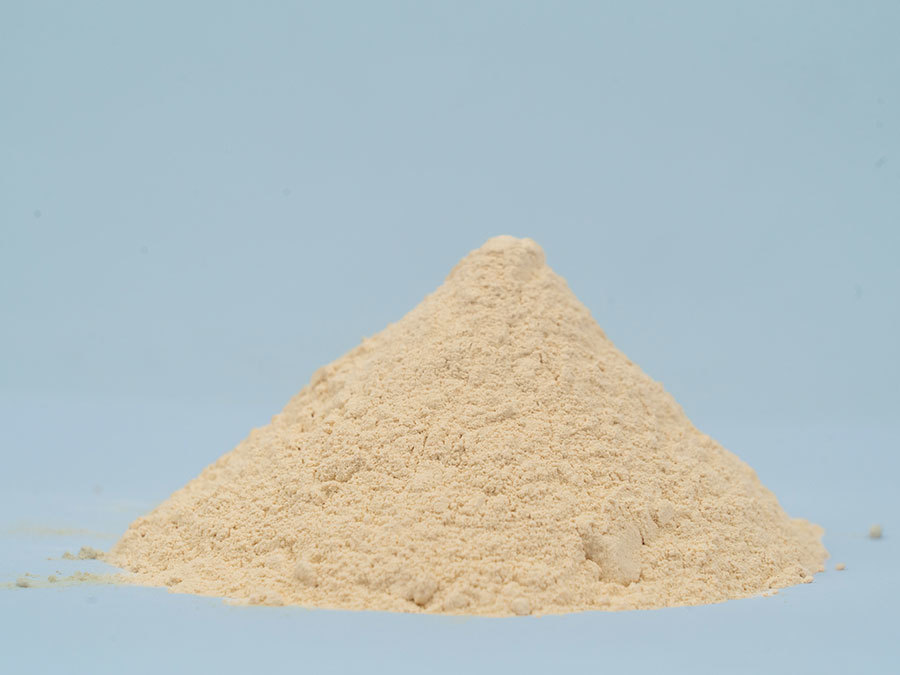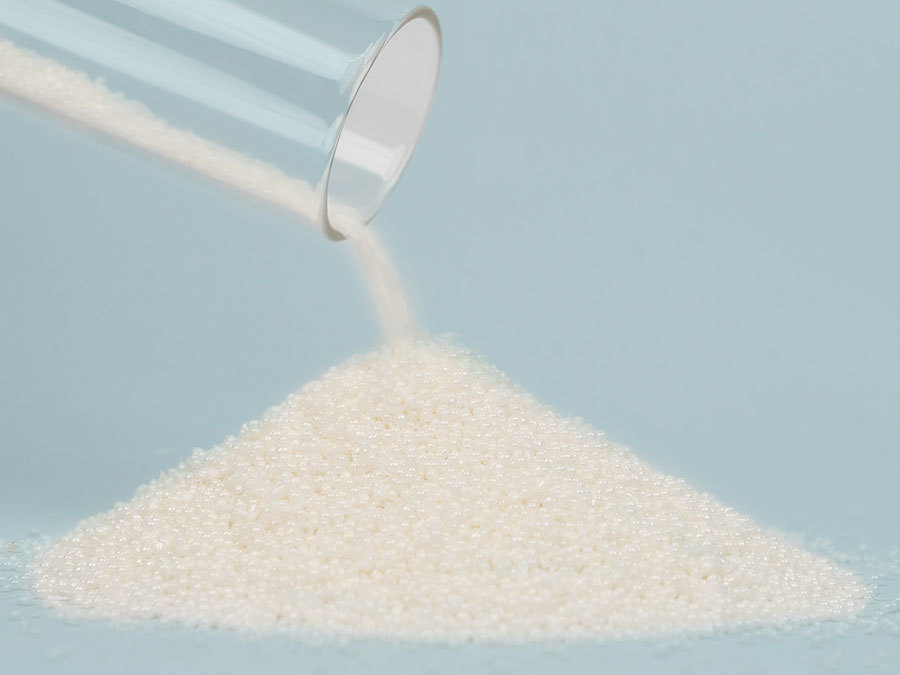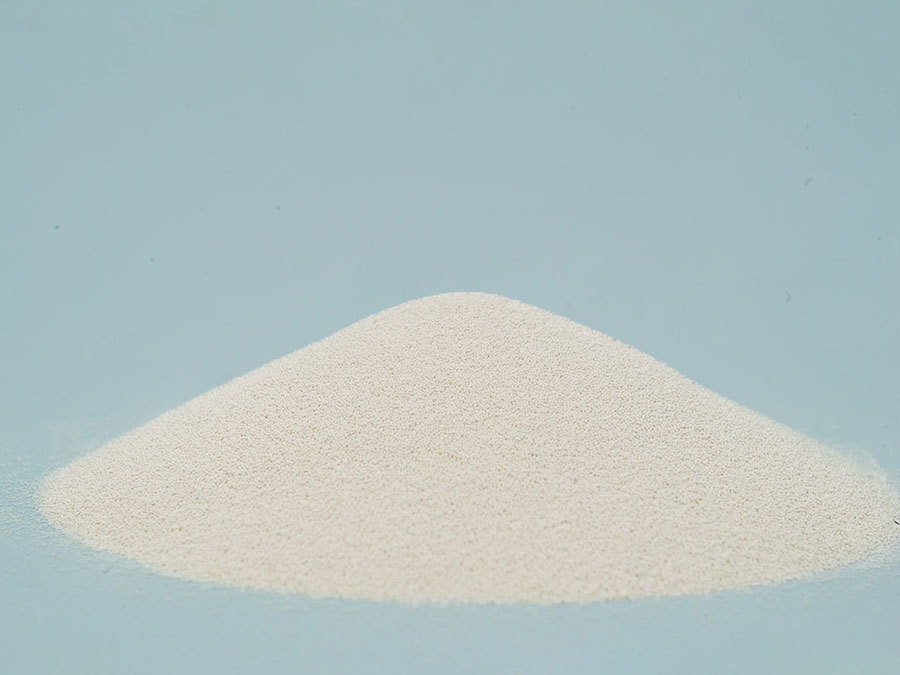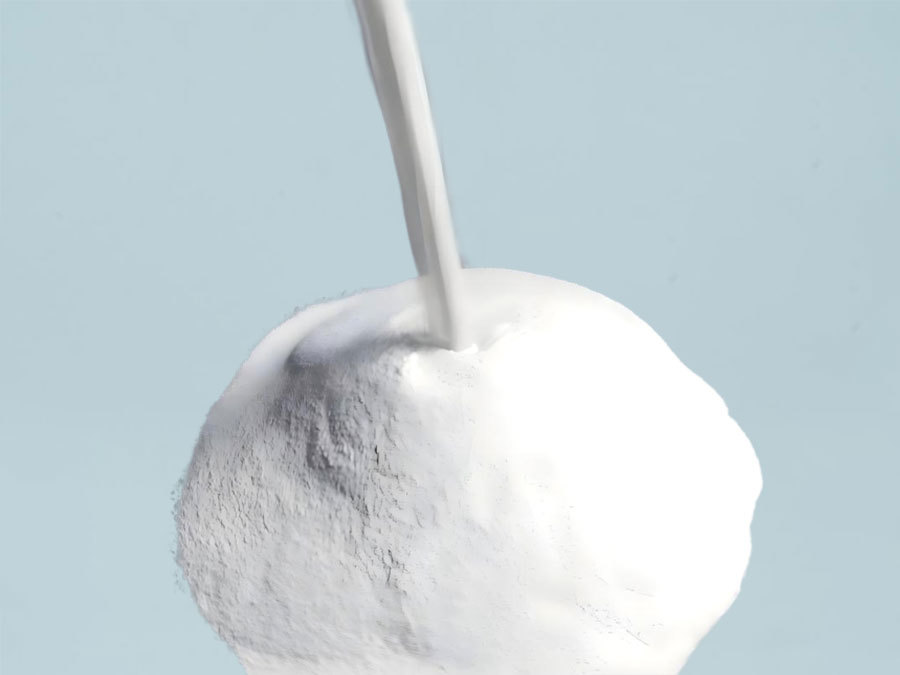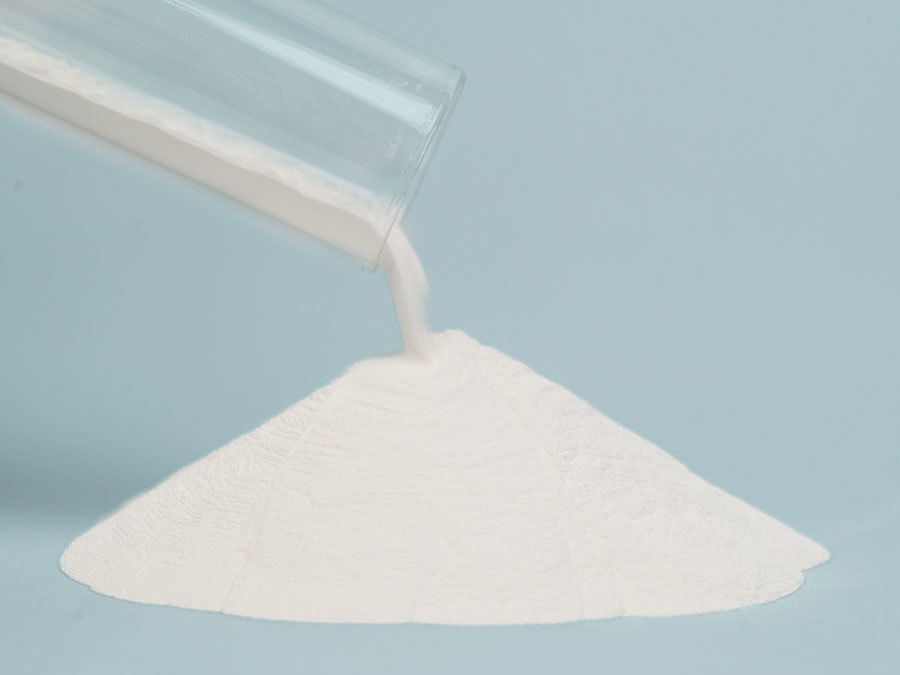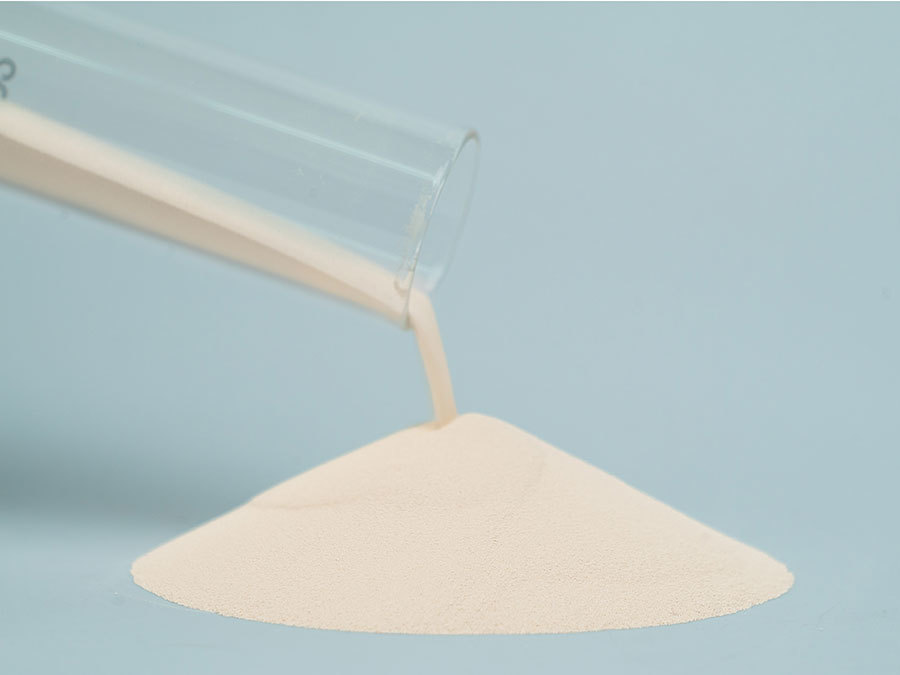
Zirconia based thermal spray powders (ZrO₂/Y₂O₃, ZrO₂/CaO,ZrO₂/MgO,Gd₂O₃/ZrO₂,ZrO₂/Y₂O₃-Yb₂O₃-Gd₂O₃)
Key words:
Zirconia based thermal spray powders (ZrO₂/Y₂O₃, ZrO₂/CaO,ZrO₂/MgO,Gd₂O₃/ZrO₂,ZrO₂/Y₂O₃-Yb₂O₃-Gd₂O₃)
Classification:
- Product Description
-
Product performance and characteristics
Name
Code
Product performance and characteristics Yttria zirconia thermal spraying powder
PYD-AP
Extremely low monoclinic phase (≤10%) and extremely low chloride ion content (≤0.003%), excellent chemical homogeneity and structural integrity, similar to plasma pre-spheroidization technology (HOSP), high powder yield, strong adhesion, reliable combination of yttrium and zirconium, and excellent thermal shock resistance, especially suitable for severe and prolonged thermal shock environments, with an extremely long coating lifespan. YZ04
YZ05
This powder is highly cost-effective and has a unique pore structure, with easy melting, extremely high powder yield, and strong adhesion. PYD-HP
Extremely high purity, good flowability, uniform chemical composition, high powder yield, strong adhesion, and a unique porous structure endow the coating with excellent thermal shock resistance and easy melting. The sprayed coating has reasonable porosity, excellent thermal shock resistance, and extremely high powder yield, with very strong adhesion. PYD-AQ
Extremely low monoclinic phase, excellent flowability, chemical homogeneity, and structural integrity ensure that the coating has a very low porosity level, good corrosion resistance, and intentional thermal shock performance, especially suitable for spraying powder on flat substrates. PYD-HP-80Y
The main advantage of this material is that its thermal conductivity is lower than that of 8YSZ coatings, while its thermal shock resistance is higher than that of 8YSZ coatings. This material can chemically enhance the thermal barrier coating's resistance to CMAS (calcium magnesium aluminum silicate) erosion degradation. As a thermal barrier coating for turbine hot components, the maximum service temperature can reach 1425°C. PYD-HP-20Y
Compared to 8YSZ, coatings using this powder have superior high-temperature performance, with a maximum service temperature of up to 1500 °C. Coatings using this powder have lower thermal conductivity values and excellent thermal expansion coefficients and thermal shock resistance, providing stronger resistance to CMAS erosion. Gadolinium zirconate thermal spray powders
60Gd-a
This powder is an agglomerated sintered material. It has a precise phase composition, with a maximum service temperature of up to 1500 °C, typically used as the topcoat in a three-layer coating system (bottom layer: MCrAlY bonding coat; intermediate layer: 8% YSZ). Compared to traditional YSZ materials with APS coatings, it often exhibits lower thermal conductivity and erosion resistance. zirconia-gadolinia-ytterbia-yttria based
thermal spray Powder9YYbGD-a
This powder is an agglomerated sintered material. It has extremely high purity, and the monoclinic phase precipitates very slowly during use, significantly increasing the coating's lifespan. Coatings using this powder often require high porosity (12-30%), with a maximum service temperature of up to 1500 °C. When used as a topcoat, it is recommended to spray a thin layer of 8YSZ as an intermediate layer. Compared to traditional YSZ materials with APS coatings, it often exhibits lower thermal conductivity and erosion resistance. Calcia stabilized zirconia thermal spray powders
PCD-AP
This powder is an agglomerated sintered material. Calcium partially stabilized zirconia experiences minimal volume change during phase transformation temperatures, resulting in better thermal shock resistance, suitable for providing thermal insulation, thermal shock resistance, and resistance to thermal corrosion and sulfidation in high-temperature combustion environments. Calcia stabilized zirconia thermal spray powders
PCD-AP-20
Magnesia stabilized zirconia thermal spray powders
DMZ
Magnesium-stabilized zirconia coatings have low thermal conductivity and high melting points, especially for high-temperature coatings with significant temperature fluctuations. At the same time, magnesium-stabilized zirconia, with its excellent erosion resistance and ability to withstand metal molten liquid erosion, is particularly suitable for wetting molten zinc, iron, steel, copper, and aluminum. Chemical composition (%)
Code
Chemical composition (%)
ZrO2+HfO2
SiO2
Al2O3
Fe2O3
TiO2
CaO
MgO
Y2O3
Gd2O3
Yb2O3
PYD-AP
≥90
≤0.20
≤0.05
≤0.05
≤0.05
≤0.05
≤0.05
7-8
-
-
YZ04
≥90
≤0.50
≤0.50
≤0.05
≤0.20
≤0.05
≤0.05
7-9
-
-
YZ05
≥90
≤0.50
≤0.20
≤0.05
≤0.40
≤0.20
≤0.05
7-8
-
-
PYD-HP
≥90
≤0.05
≤0.05
≤0.05
≤0.05
≤0.05
≤0.05
7-9
-
-
PYD-AQ
≥90
≤0.20
≤0.05
≤0.05
≤0.05
≤0.05
≤0.05
7-8
-
-
PYD-HP-80Y
18-22
≤0.05
≤0.05
≤0.05
≤0.05
≤0.05
≤0.05
76-82
-
-
PYD-HP-20Y
78-82
≤0.05
≤0.05
≤0.05
≤0.05
≤0.05
≤0.05
18-22
-
-
60Gd-a
39-41
≤0.05
≤0.05
≤0.05
≤0.05
≤0.05
≤0.05
-
59-61
-
9YYbGD-a
78-82
≤0.05
≤0.05
≤0.05
≤0.05
≤0.05
≤0.05
9.5
5.2
5.6
PCD-AP
≥91.5
≤0.40
≤0.50
≤0.05
≤0.05
4.5-5.5
≤0.05
-
-
-
PCD-AP-20
≥78
≤0.05
≤0.05
≤0.05
≤0.05
18-22
≤0.05
-
-
-
DMZ
≥74
≤0.30
≤0.20
≤0.05
≤0.20
≤0.05
22-26
-
-
-
Physical performance parameters
Code
PYD-AP
YZ04
YZ05
PYD-HP
PYD-AQ
PYD-HP-80Y
PYD-HP-20Y
60Gd-a
9YYbGD-a
PCD-AP
PCD-AP-20
DMZ
Monoclinic phase
≤10
≤10
≤20
≤20
≤6
≤5
≤10
-
≤10
≤10
≤10
≤10
Color
White
Yellow
Brownish yellow
White
White
White
White
White
White
White
White
White
Density
1.8-2.2 g/cm3
1.8-2.2 g/cm3
2.2-2.5 g/cm3
1.8-2.4 g/cm3
2.3-2.9 g/cm3
1.3-1.9 g/cm3
1.5-2.0 g/cm3
1.8-2.4 g/cm3
1.8-2.2 g/cm3
1.8-2.2 g/cm3
1.8-2.2 g/cm3
1.7-2.1 g/cm3
Product particle size
Particle size (μm)
–147 +45\–125 +45\–125 +15\–106+11\–90 +15\–75 +45\–63 +22\–45 +15 Main applications
Code
Application fields PYD-AP
Mainly used for coatings on aerospace turbine blades and heavy-duty gas turbine blades. In the core high-temperature area (1200 °C) of heavy-duty gas turbine blades, the lifespan exceeds one year. YZ04
YZ05
Suitable for thermal protection coatings in high porosity turbine hot components or other components in the outer low-temperature zone, such as coatings on the outer low-temperature zone of gas turbine blades. PYD-HP
Suitable for high porosity thermal barrier coatings, such as for thermal protection of diesel and gasoline engine components (e.g., cylinder heads, piston tops, exhaust and intake valves, turbochargers); thermal protection coatings for metal meshes and ceramic kiln tools in high-temperature furnaces; thermal barrier coatings for industrial gas turbine engine components or aviation gas turbine engine components (such as combustion liners, transition pieces, augmentor combustion chambers, thermal shields, turbine airfoils). PYD-AQ
The coating has high porosity, making it particularly suitable for long-term repeated thermal shock environments, such as: burn plates, crucibles, and high-end MLCC capacitor material sintering crucible coatings. PYD-HP-80Y
Gas turbine turbine blades and guide vanes, especially for high-pressure turbine blade coatings; thermal barrier protection coatings for gas turbine combustion chambers; coatings for turbochargers. PYD-HP-20Y
Can be used for thermal barrier coatings for rocket nozzles and missile nose cones, particularly suitable for protective coatings for graphite plates in the hard alloy industry. 60Gd-a
Typically used for industrial gas turbine or aviation engine turbine components, such as turbine blades and combustion chambers. 9YYbGD-a
Typically used for industrial gas turbine or aviation engine turbine components, such as turbine blades and combustion chambers. PCD-AP
Coatings for turbine hot components within 900 °C, diesel engine pistons, valves and cylinder heads, casting molds and troughs, and linings for crucibles. PCD-AP-20
DMZ
Magnesium zirconium has low thermal conductivity and excellent thermal shock resistance, suitable for turbine hot components with drastic temperature changes within 900 °C, especially effective against corrosion and wetting from high-temperature molten metals like copper and aluminum, particularly suitable for inner membrane coatings of molten metal molds and grooves.
Previous Ceramic Shot Peening
Next Yttrium oxide thermal spray powders
Related Products
Product inquiry
We will contact you within one working day. Please pay attention to your email.
Contact Phone:
Focus on us

Online message
We will contact you within one working day. Please pay attention to your email.


